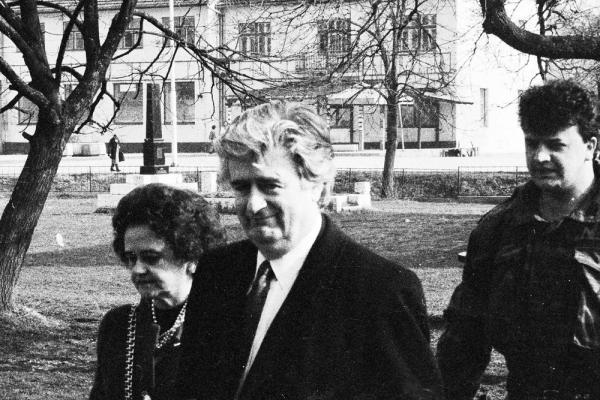Mar 24, 2016
As I watched the presiding Judge O-Gon Kwon read the verdict — for a full 58 minutes — it all came back to me. In 1996 and in 1999, I traveled in and out of the war zones in Bosnia. The hand-dug graves in the soccer field. The reports of Muslim massacres; of whole villages forced into a school gym and burned alive; the small hotel where we stayed that was also housing skeletal refugees recently released from a Serb concentration camp; the dogs with blown-off paws; the underground bakery distributing bread at the risk of their lives. And most of all “Sniper Alley” in downtown Sarajevo and the Serb soldier who showed me his sniper nest on Serb-held Mt. Jajolina and pointed his rifle at the place where I was staying.
Read the Full Article

Already a subscriber? Login
